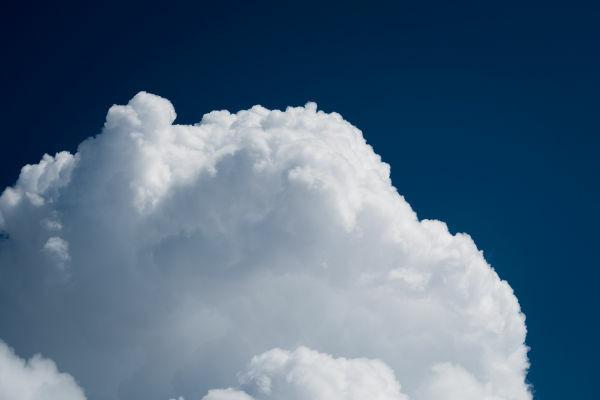The Space Telescope hubble may have made a significant discovery by identifying a possible Black Hole of intermediate mass, known as the “missing link”, in the core of the stellar cluster Messier 4, located approximately 6,000 light-years from Earth.
This black hole candidate has a mass equivalent to 800 times the mass of the Sun and is located in a highly dense region of space.
see more
MCTI announces the opening of 814 vacancies for the next portfolio contest
The end of it all: scientists confirm date of when sun will explode and…
The researchers responsible for this detection describe the phenomenon as a hive, where the nearby stars orbit the black hole in a similar way to bees swarming around its hive.

According to astrophysicist Eduardo Vitral, main author of the study carried out at the Space Telescope Science Institute in Maryland, the intermediate-mass black hole found in the Messier 4 star cluster is smaller than expected, making it difficult to explain its origin.
The expert suggests that there may be a stellar mechanism that is currently unknown or that is not yet within the limits of current physics. This discovery challenges existing theories and highlights the need for a more complete understanding of cosmic phenomena.
The discovery of a black hole
Black holes originate from the collapse of giant stars and grow by feeding on matter such as gas, dust, stars and even other black holes.
Currently, known black holes can be classified into two main categories: black holes of stellar mass, which have a mass ranging from a few times the mass of the Sun to a few tens of times the mass solar; and supermassive black holes, which are true cosmic giants, with a mass ranging from a few million to 50 billion times the mass of the Sun.
The region discovered by the researchers revealed a higher density than predicted if its intense gravity were caused by other dense stellar bodies, such as neutron stars or white dwarfs.
It would require packing 40 stellar-mass black holes into a space just one-tenth the diameter of a light-year to explain the orbit of stars around this region so intense.
In order to confirm the detection of the intermediate-mass black hole and rule out the possibility that they had accidentally discovered some new physics, the researchers asserted that more is needed comments.
Future investigations are planned, possibly using the James Webb Space Telescope at jointly with Hubble in order to gather more data and gain a clearer understanding of this cosmic phenomenon. intriguing.
Lover of movies and series and everything that involves cinema. An active curious on the networks, always connected to information about the web.

